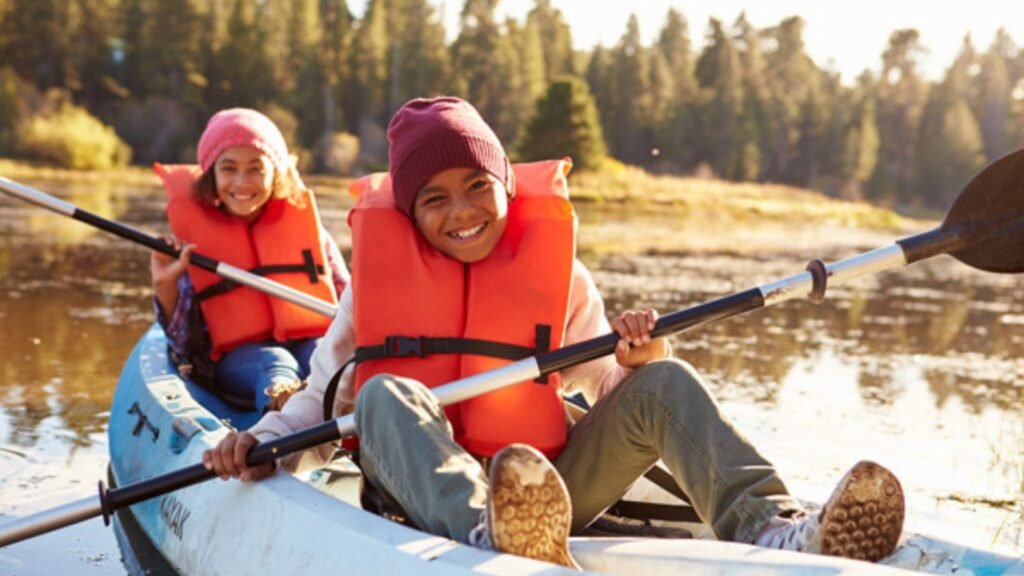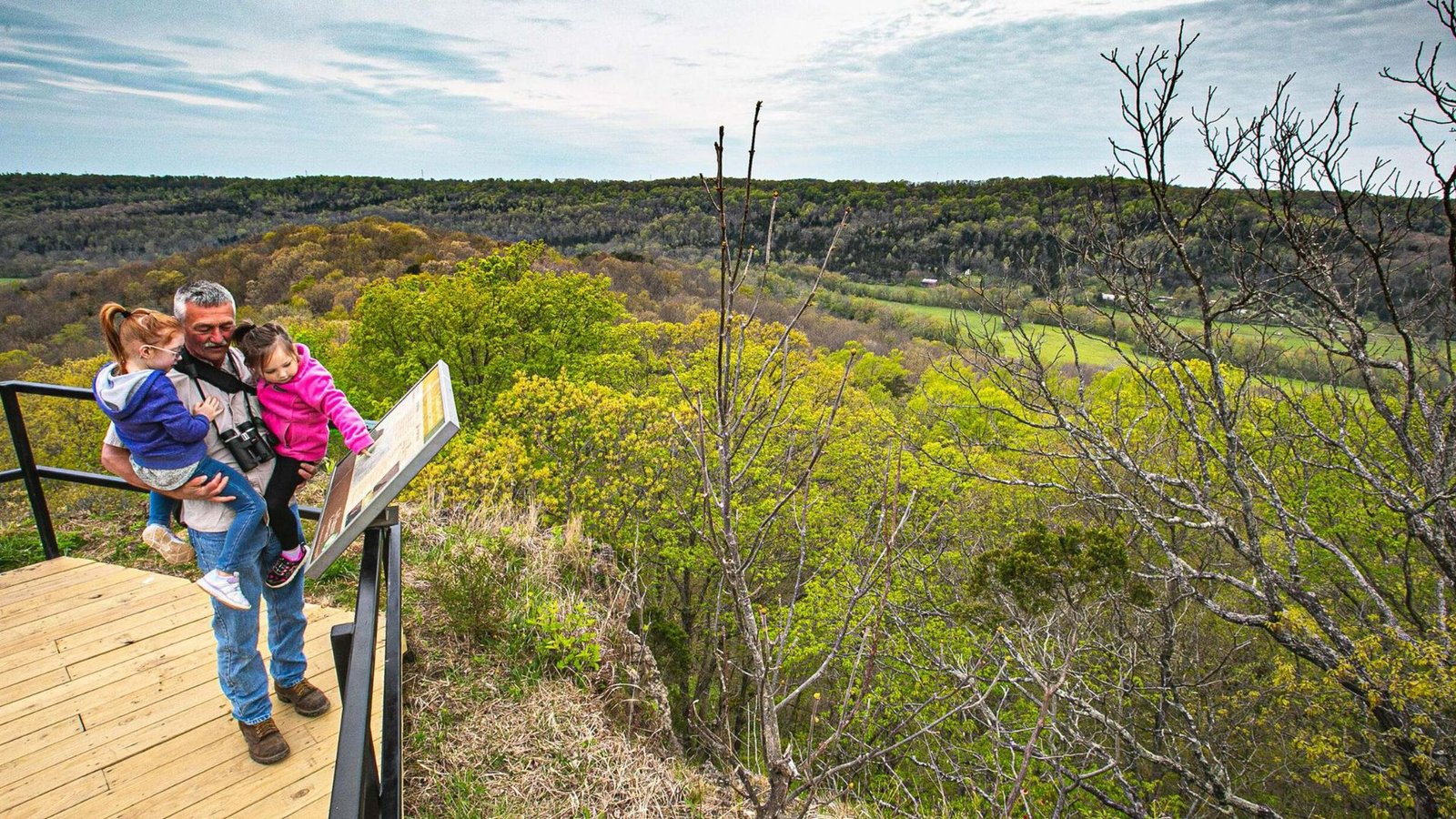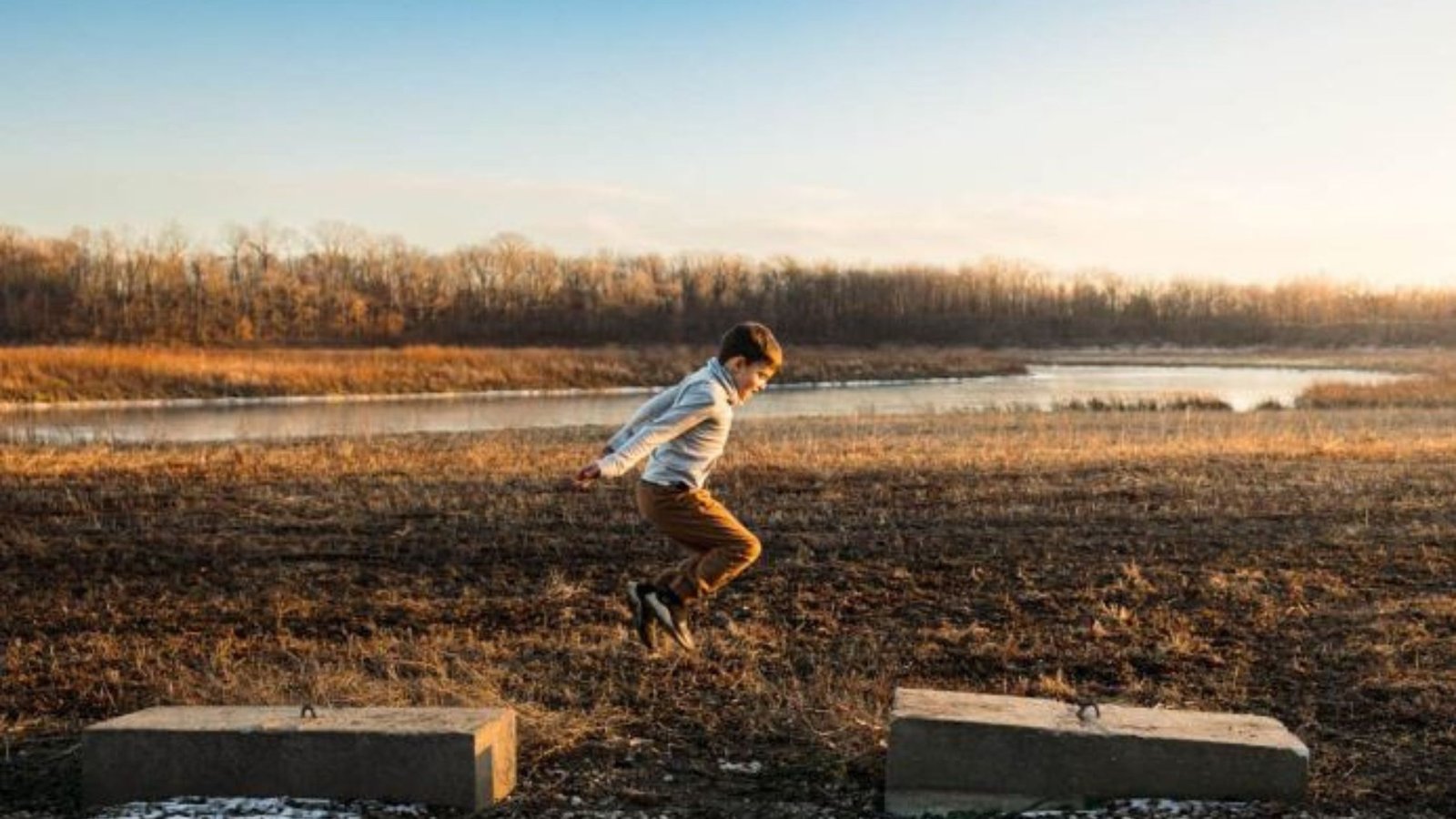Exploring the outdoors can be exhilarating, offering fresh air, stunning scenery, and a chance to connect with nature. However, outdoor adventures come with their own set of risks. Whether you’re hiking, camping, or simply enjoying nature walks, staying safe should always be a priority. Here are essential tips staying safe while exploring the outdoors:

1. Plan and Prepare Thoroughly
Before heading out, research your destination and understand its terrain, weather conditions, and any potential hazards. Plan your route and inform someone trustworthy about your itinerary and expected return time.
2. Check Weather Conditions
Monitor weather forecasts and be prepared for changes in weather. Dress in layers appropriate for the conditions and pack essential gear like rain gear, extra clothing, and sun protection.
3. Pack Essentials
Carry a well-equipped backpack containing essentials such as navigation tools (map and compass/GPS), first aid kit, flashlight with extra batteries, multi-tool or knife, whistle, and emergency shelter (like a lightweight tent or emergency blanket).
4. Stay Hydrated and Fueled
Bring an adequate supply of water and high-energy snacks. Hydration is crucial, especially in hot or dry climates. Drink water regularly and avoid relying on natural water sources unless properly treated.
5. Wear Appropriate Footwear and Clothing
Choose sturdy, comfortable footwear suitable for the terrain. Dress in moisture-wicking layers to regulate body temperature and protect against sunburn, insects, and hypothermia in colder environments.
6. Know Your Limits
Hike or engage in outdoor activities within your physical abilities and experience level. Avoid taking unnecessary risks, especially in unfamiliar or challenging terrain.
7. Stay on Designated Trails
Stick to marked trails to avoid getting lost and minimize impact on the environment. Respect trail closures and follow regulations to preserve natural habitats and ensure your safety.
8. Be Aware of Wildlife
Research local wildlife and understand how to coexist safely. Keep a safe distance from wild animals and never approach or feed them. Store food securely to prevent attracting wildlife to your campsite.
9. Practice Leave No Trace Principles
Minimize your impact on the environment by packing out all trash, including food scraps and biodegradable waste. Leave natural objects undisturbed and respect wildlife habitats.
10. Be Prepared for Emergencies
Carry a charged mobile phone and consider bringing a portable charger or backup battery. Know how to signal for help using a whistle or mirror. In remote areas, consider carrying a personal locator beacon (PLB) or satellite communication device.
11. Stay Oriented
Regularly check your map and compass/GPS to stay oriented. Pay attention to landmarks and trail markers. If you become lost, stay calm, backtrack to the last known point, and use signaling techniques to attract attention.
12. Group Safety
If hiking in a group, stay together and communicate regularly. Designate a meetup point in case of separation. Ensure everyone is aware of safety protocols and emergency procedures.
Conclusion
Exploring the outdoors offers incredible experiences and opportunities for adventure. By prioritizing safety, planning ahead, and respecting nature, you can enjoy your outdoor activities while minimizing risks. Whether you’re hiking, camping, or enjoying a nature walk, these tips will help ensure a safe and memorable outdoor adventure.











